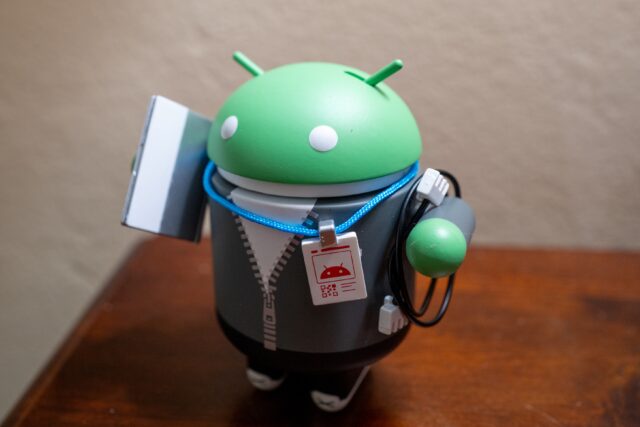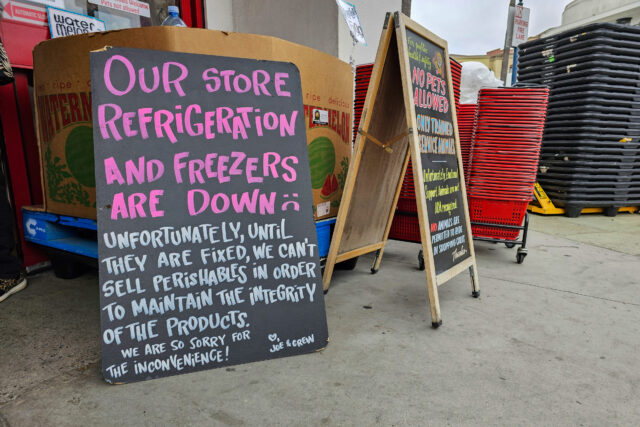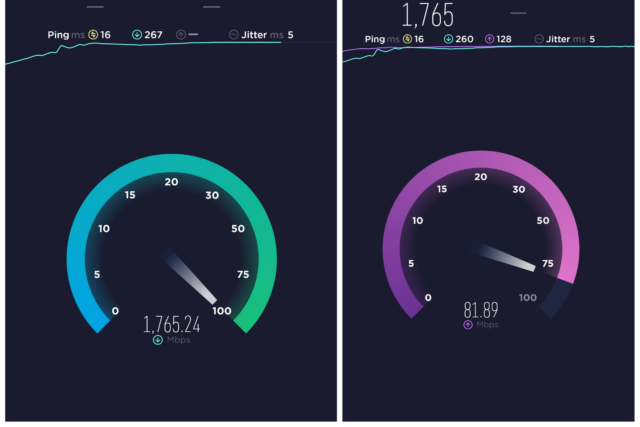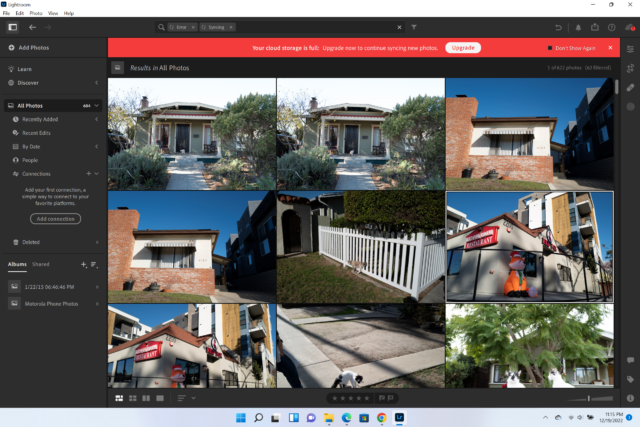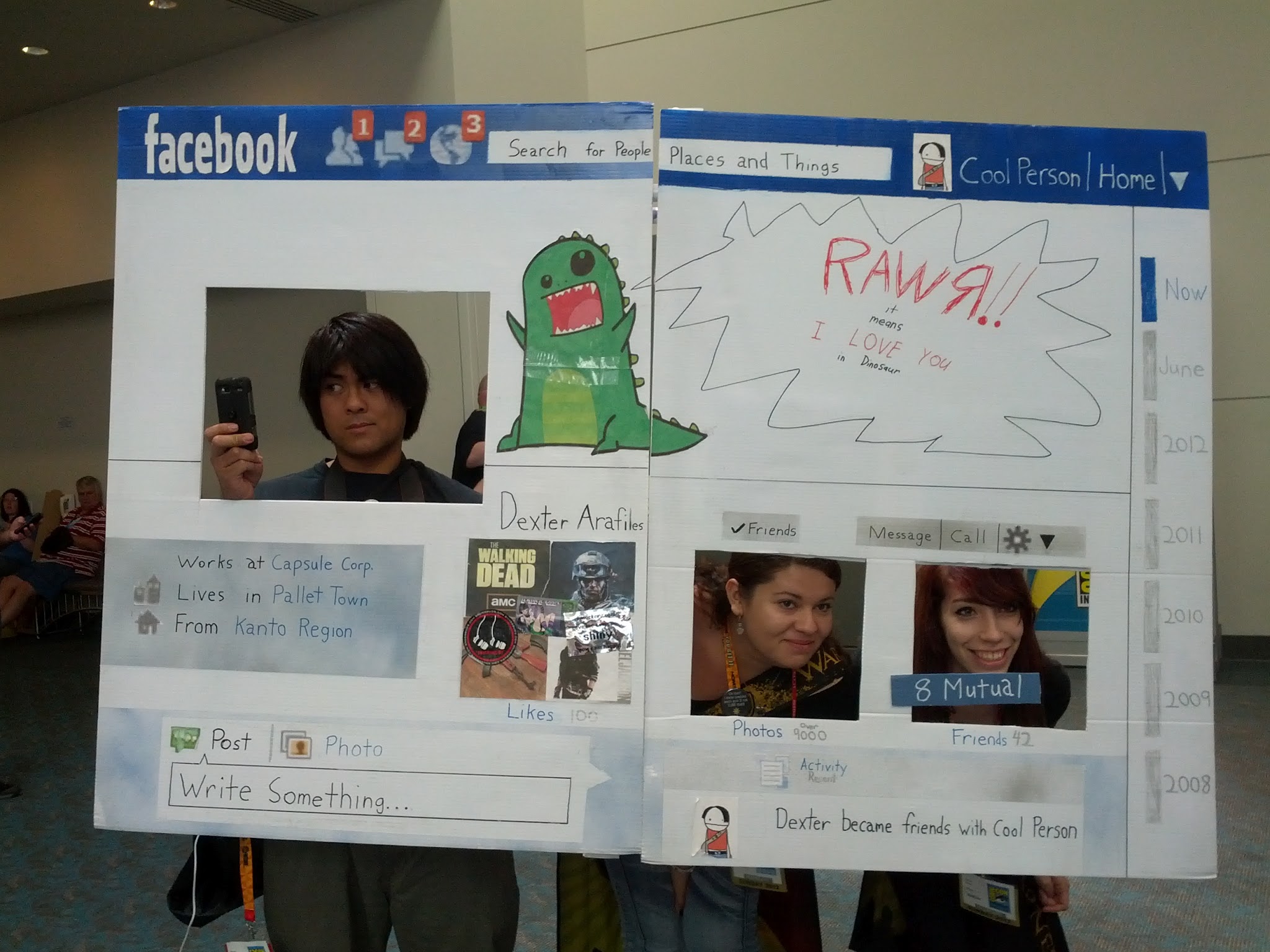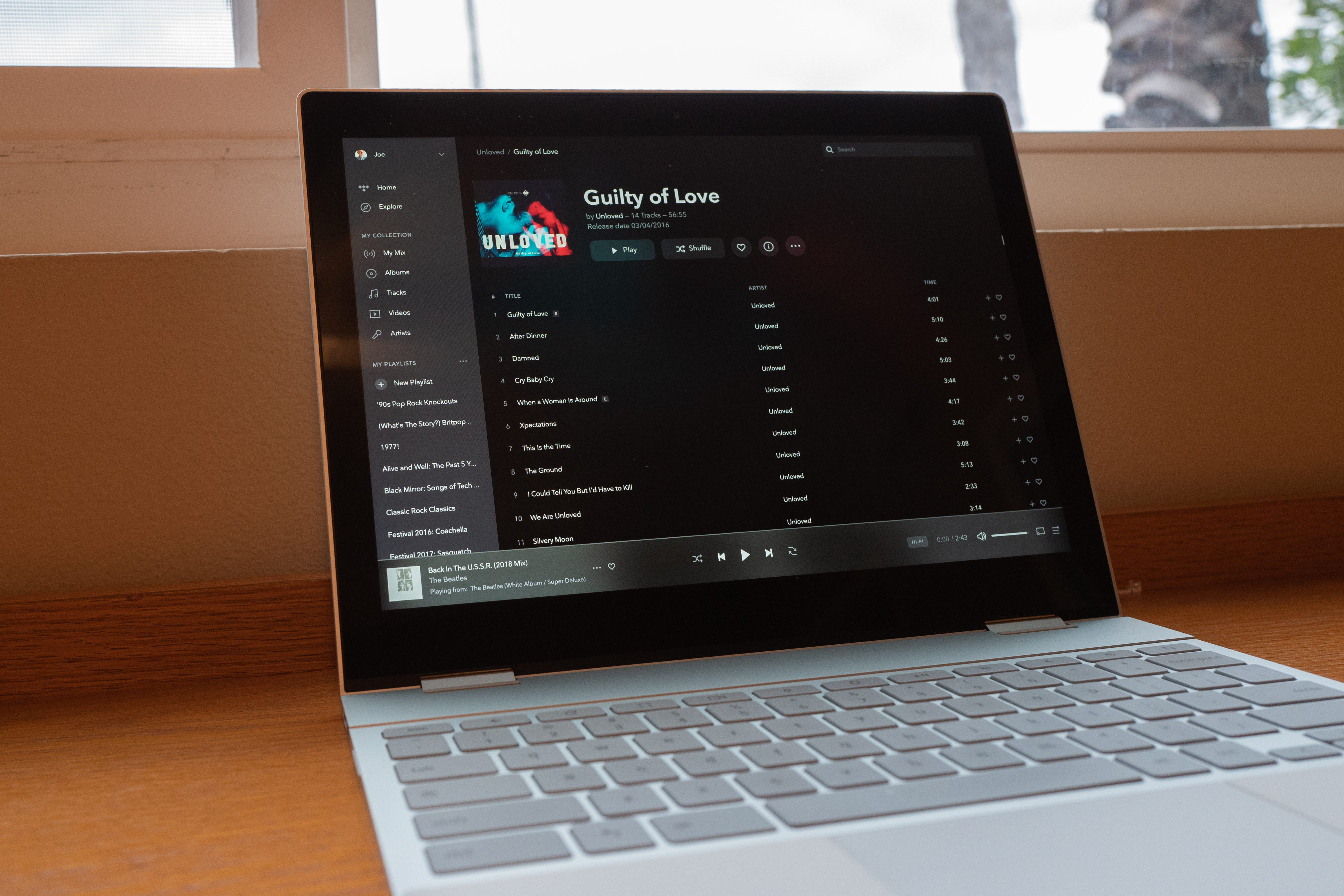On New Years 2021, I adopted the habit of posting something every day—and did so, undaunted by interruptions, pandemics, power outages, or sicknesses, among other encumbrances. That is until December 9, 2023, when met by my browser flashing a privacy, site-not-safe warning. My SSL certificate had expired and a fresh one not automatically applied to the domain. I could have logged in and posted but chose not to, particularly being confused why there was a problem.
Rewind: Some years ago, another company acquired my webhost, which didn’t affect this site so I wasn’t bothered. But a few months ago, the new owner finally started migrating customers to its servers and services—mine included. I worried about site outage, but needlessly. The transition was smooth sailing. However, unbeknownst to me something wasn’t quite right.
